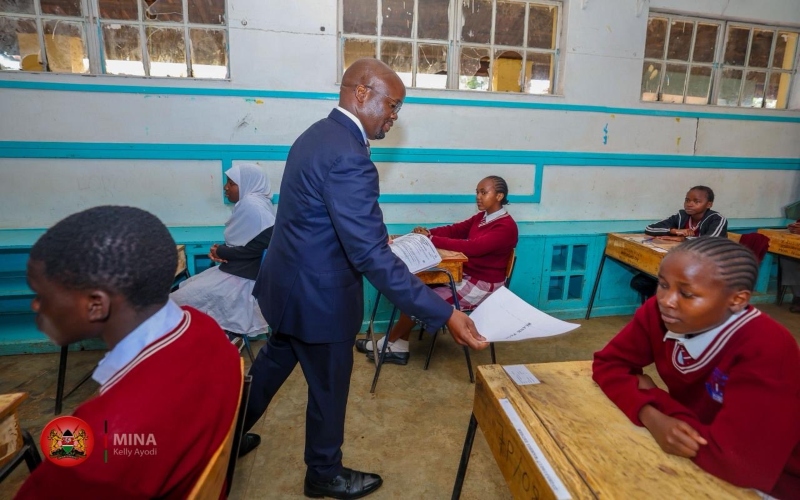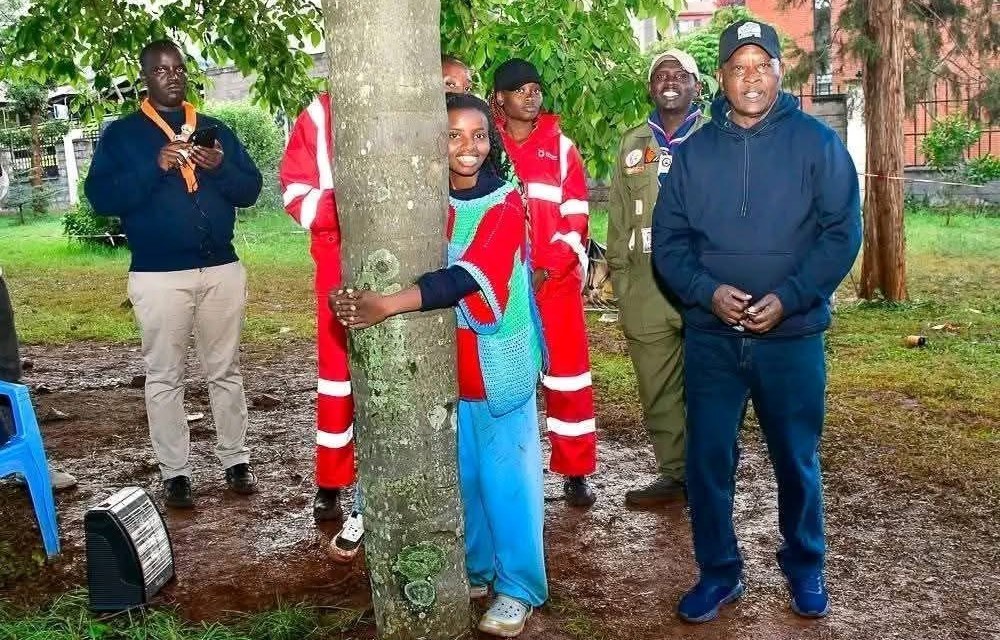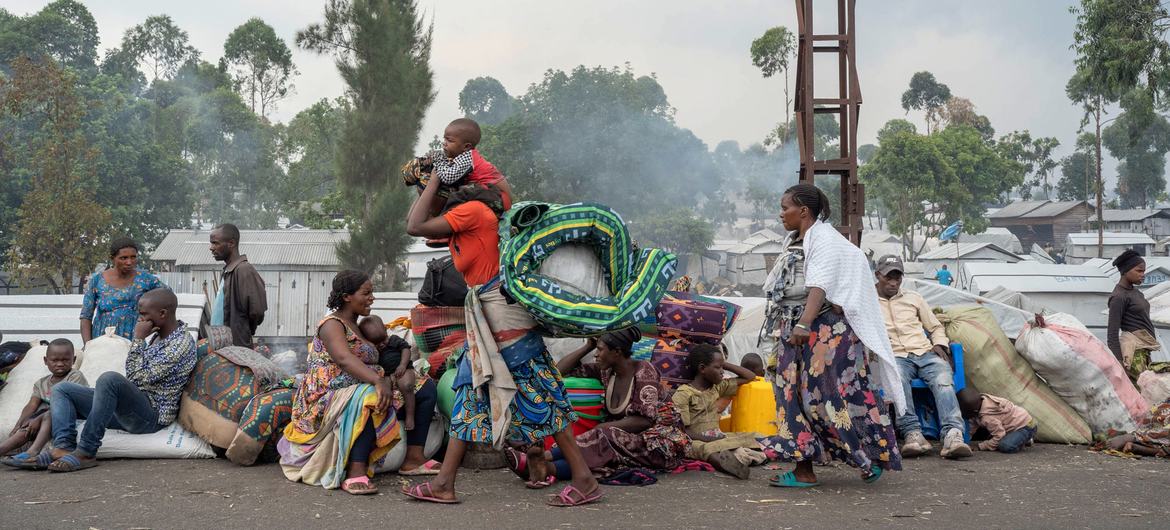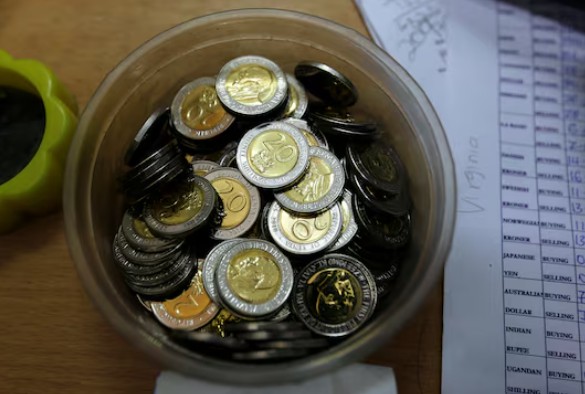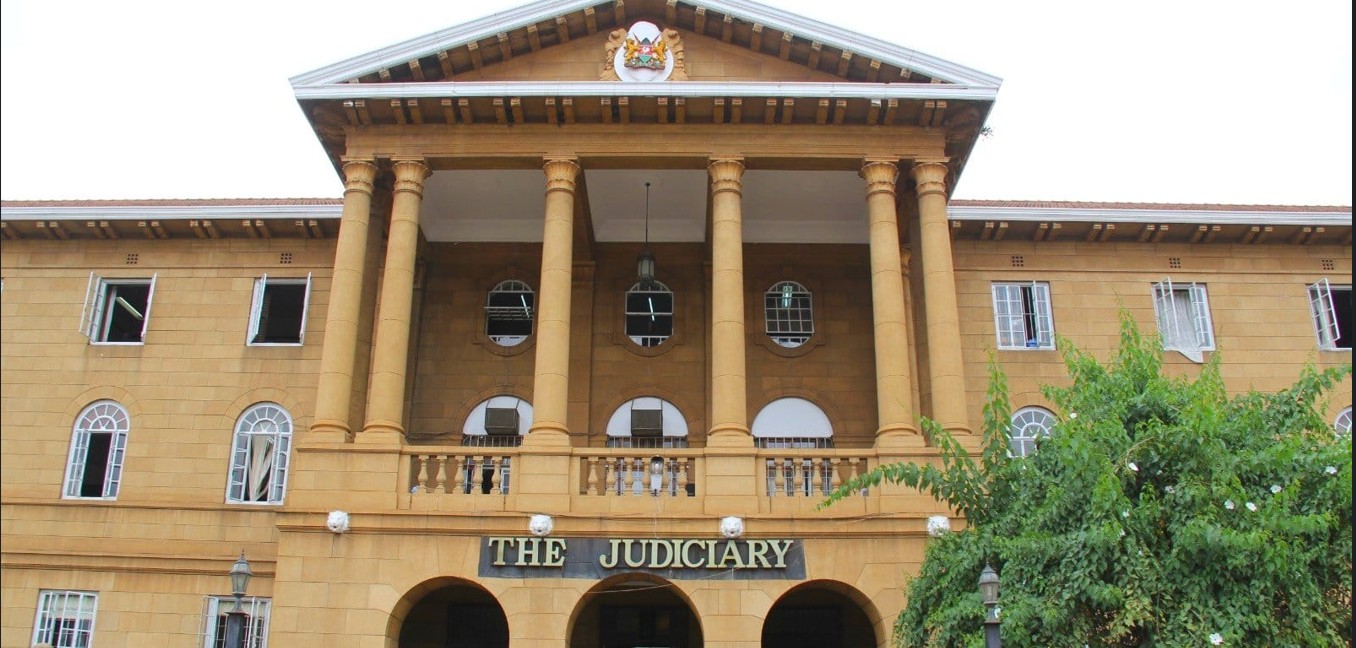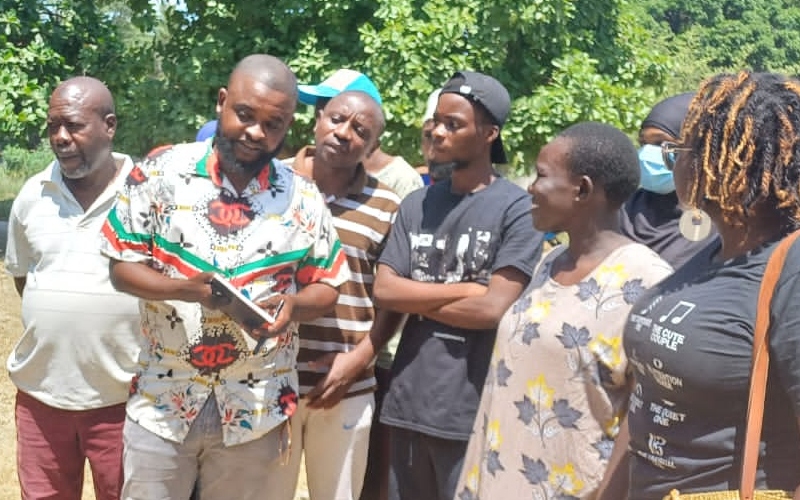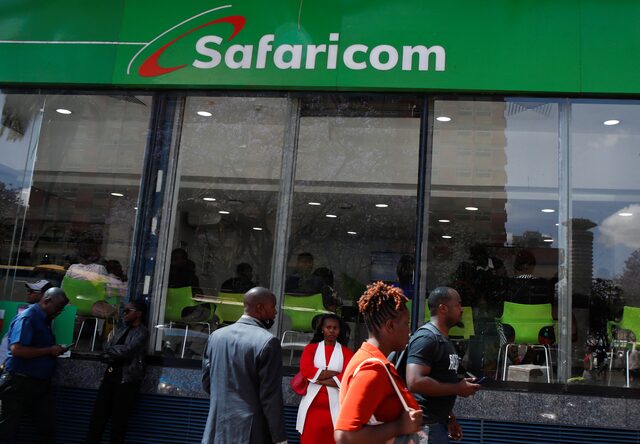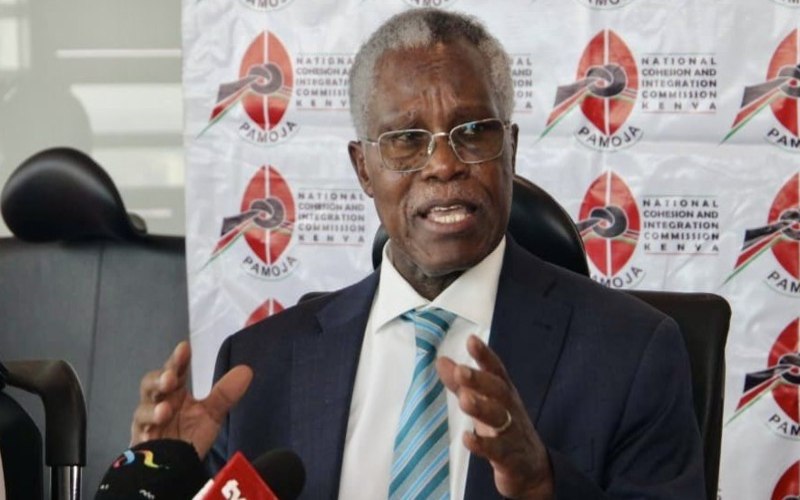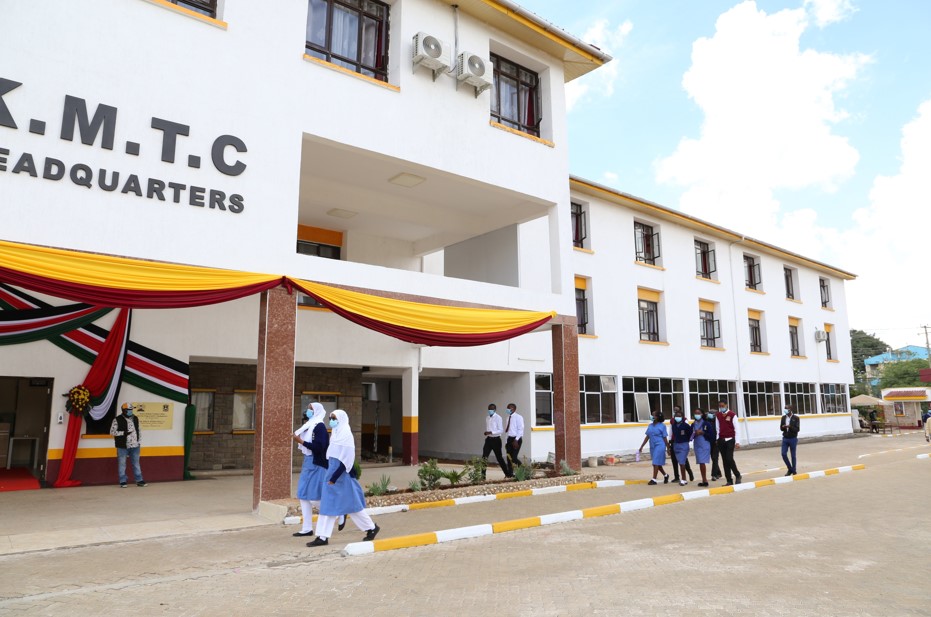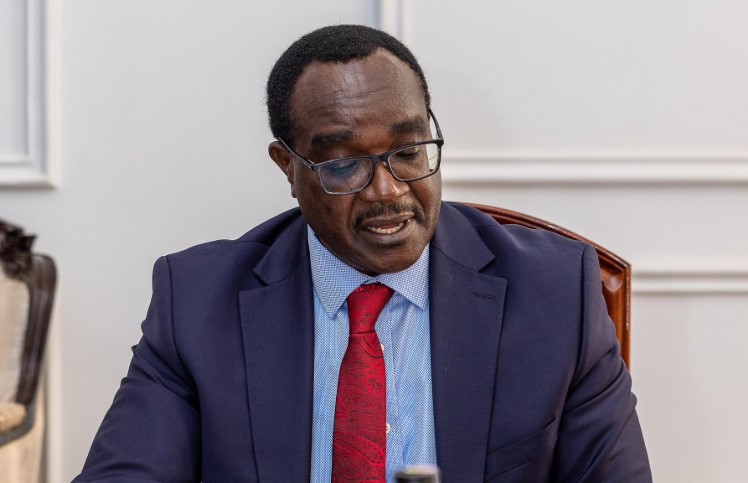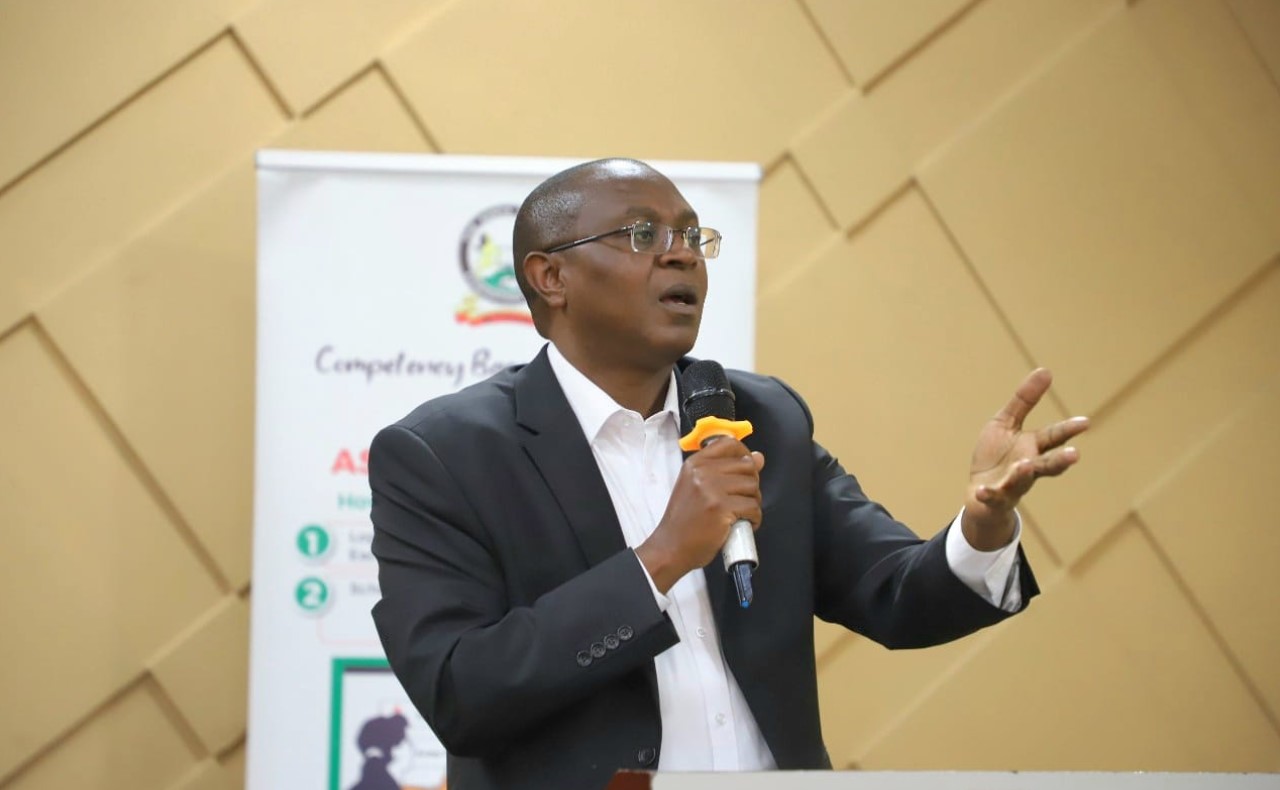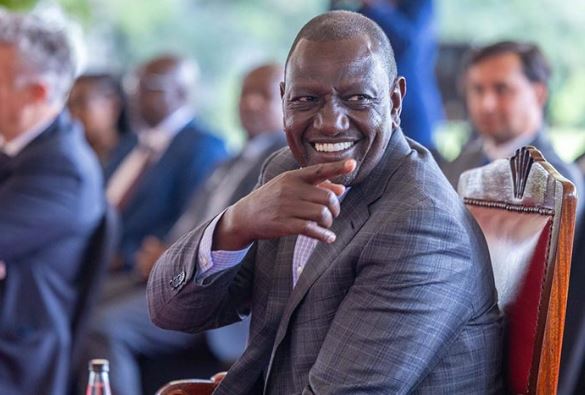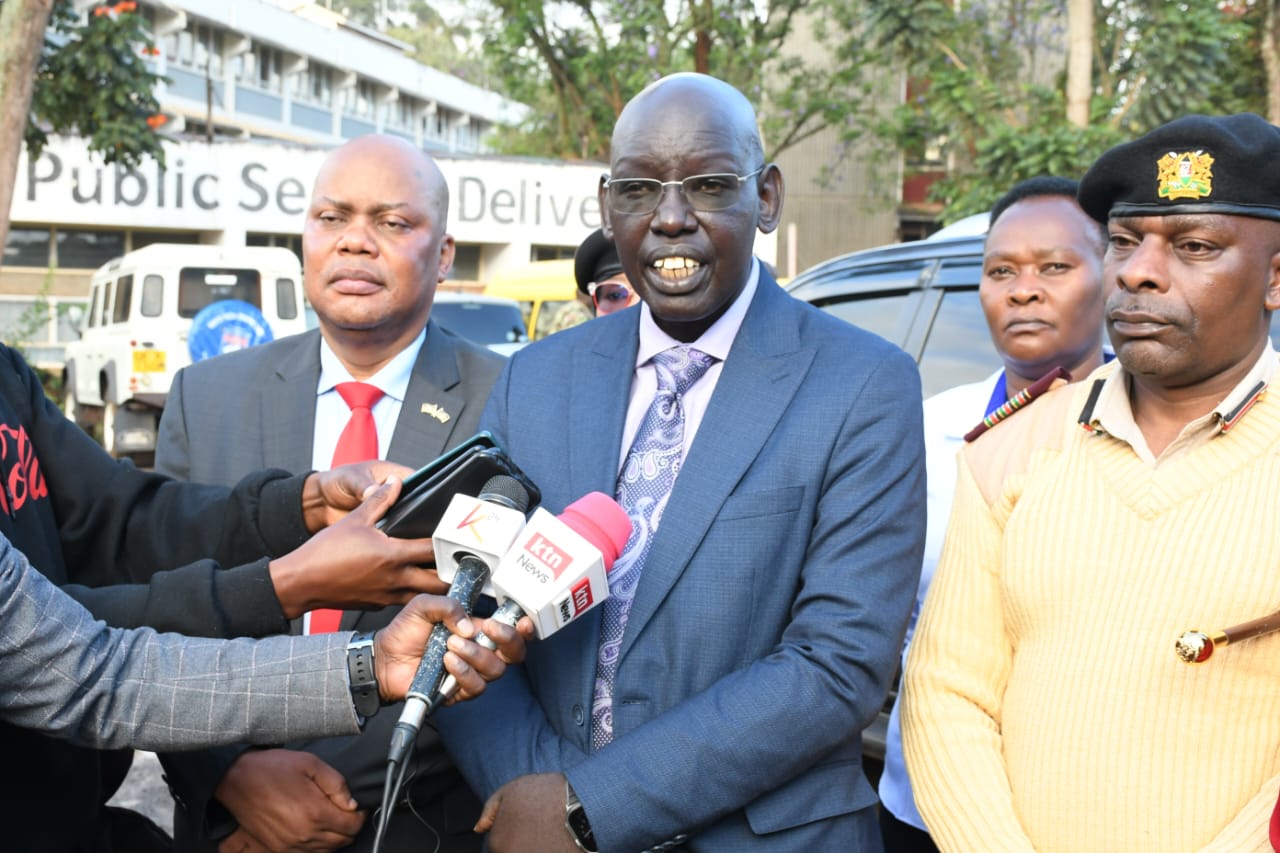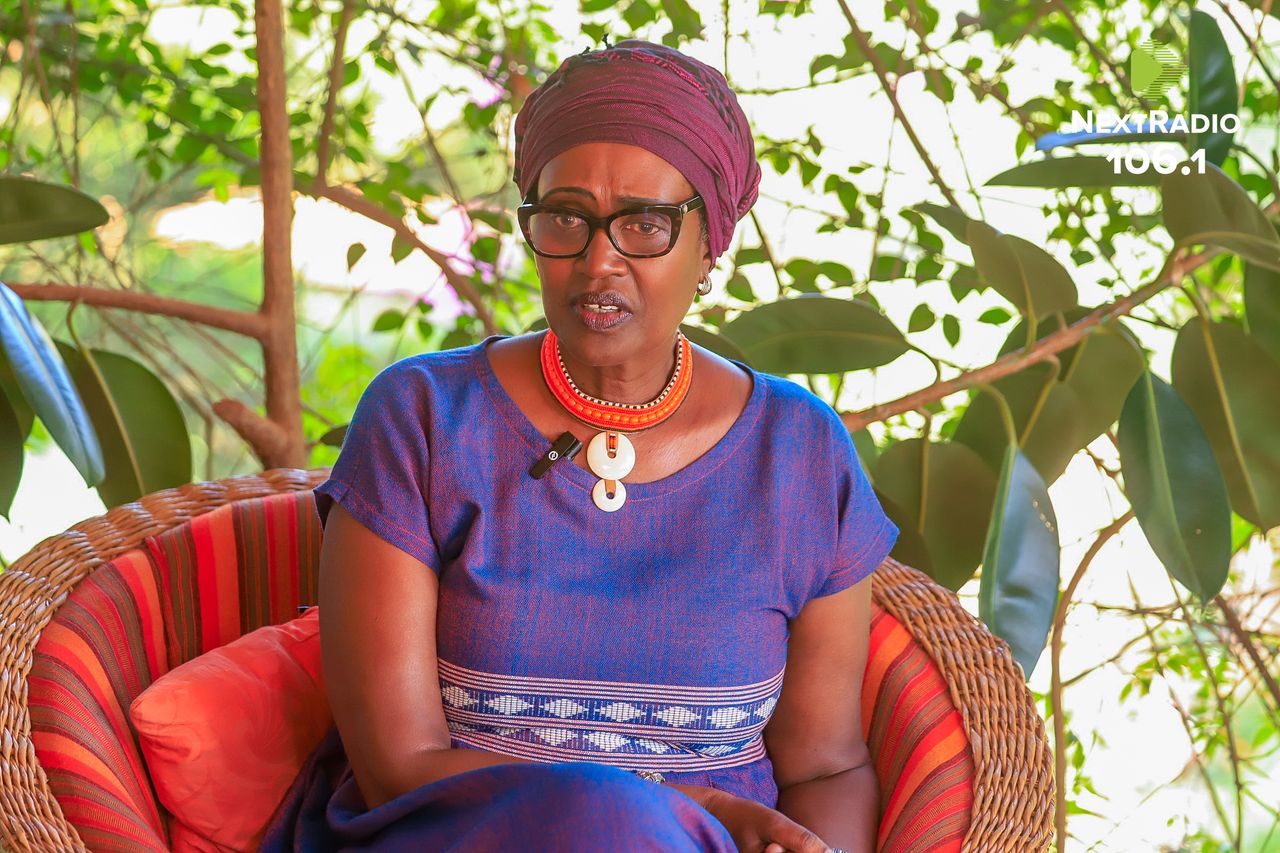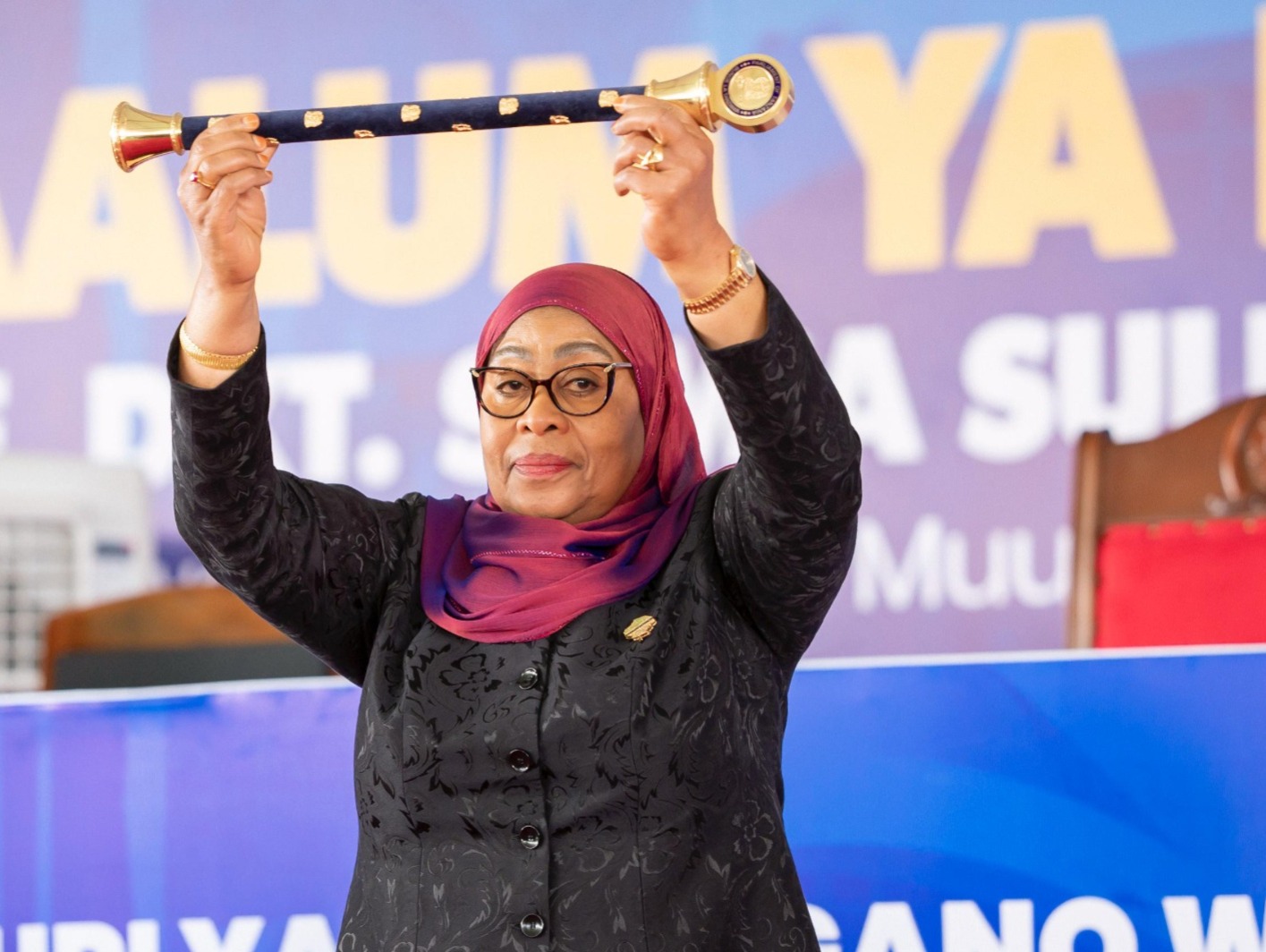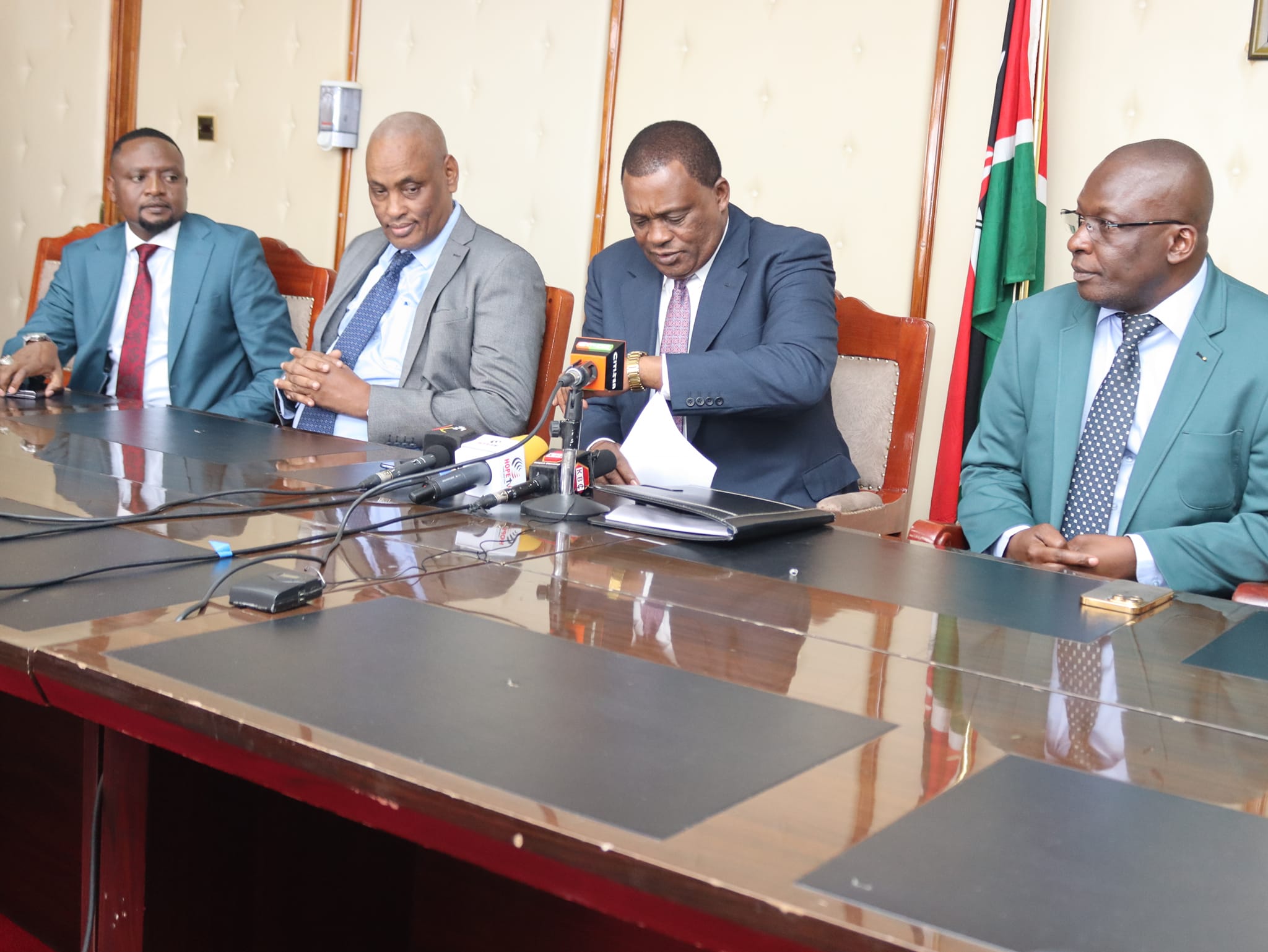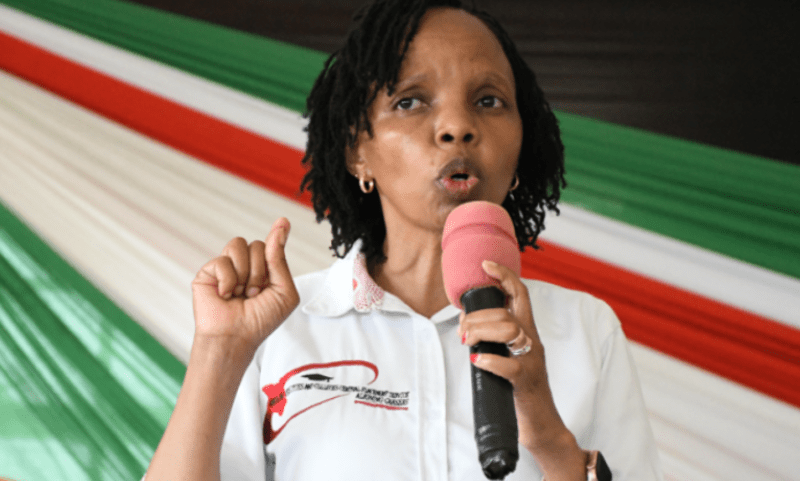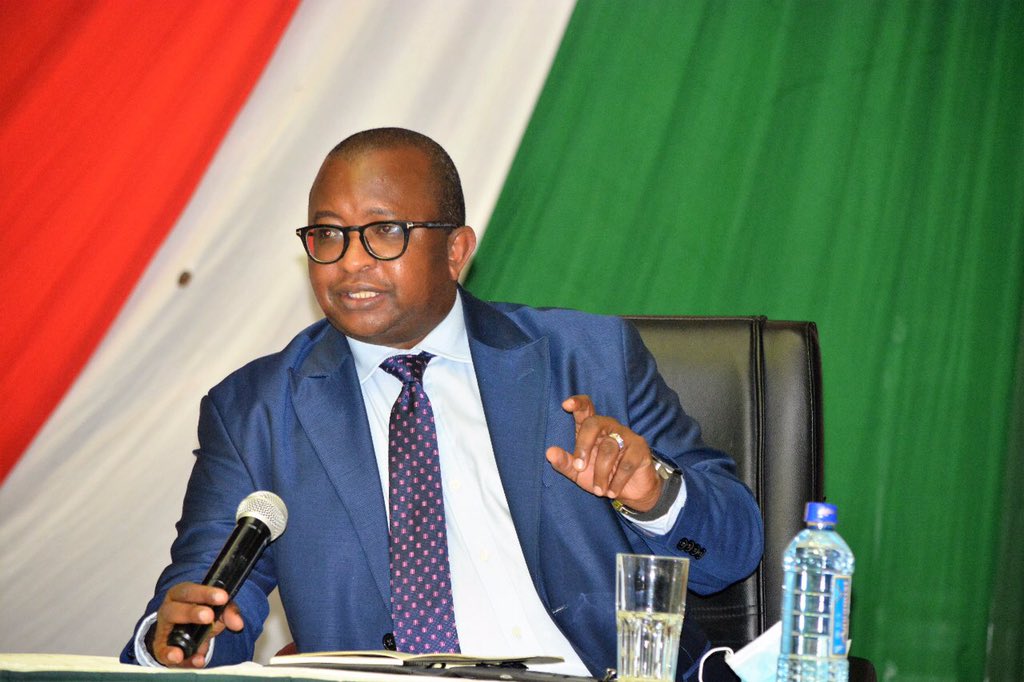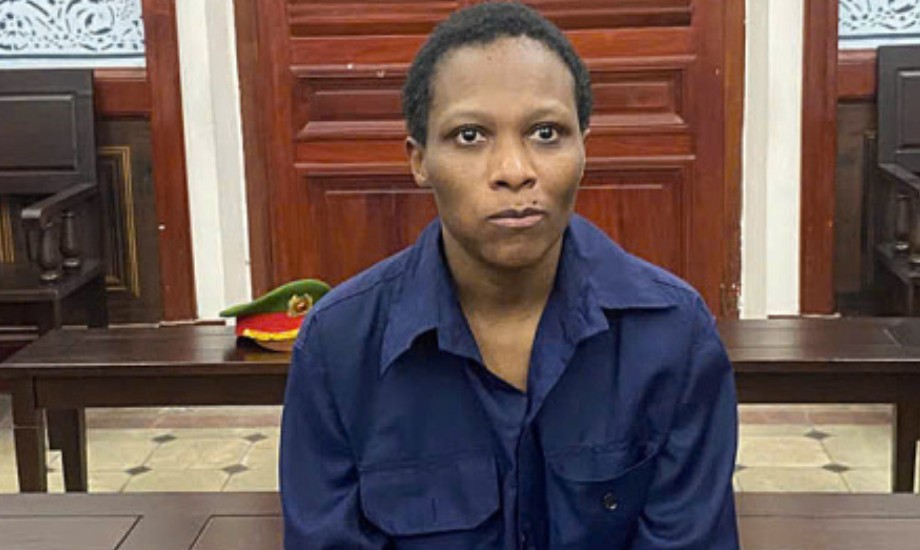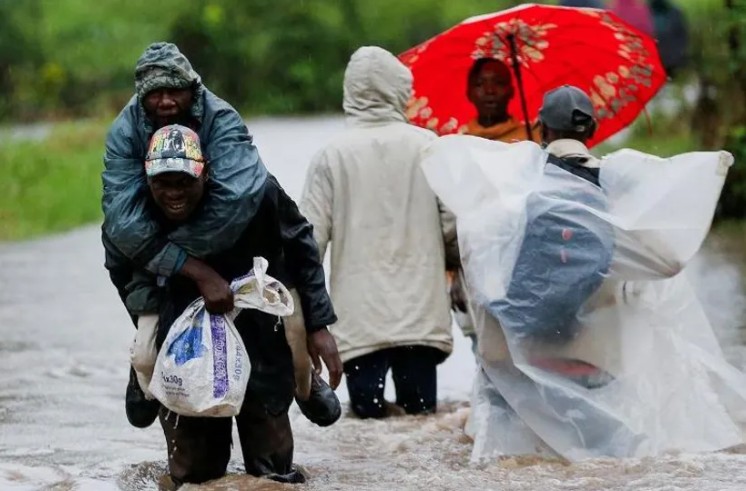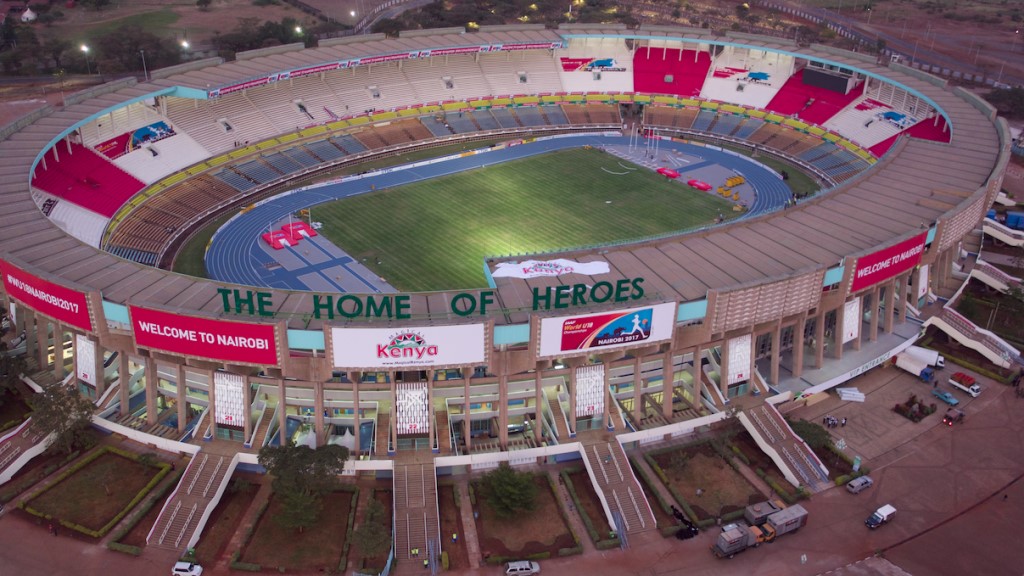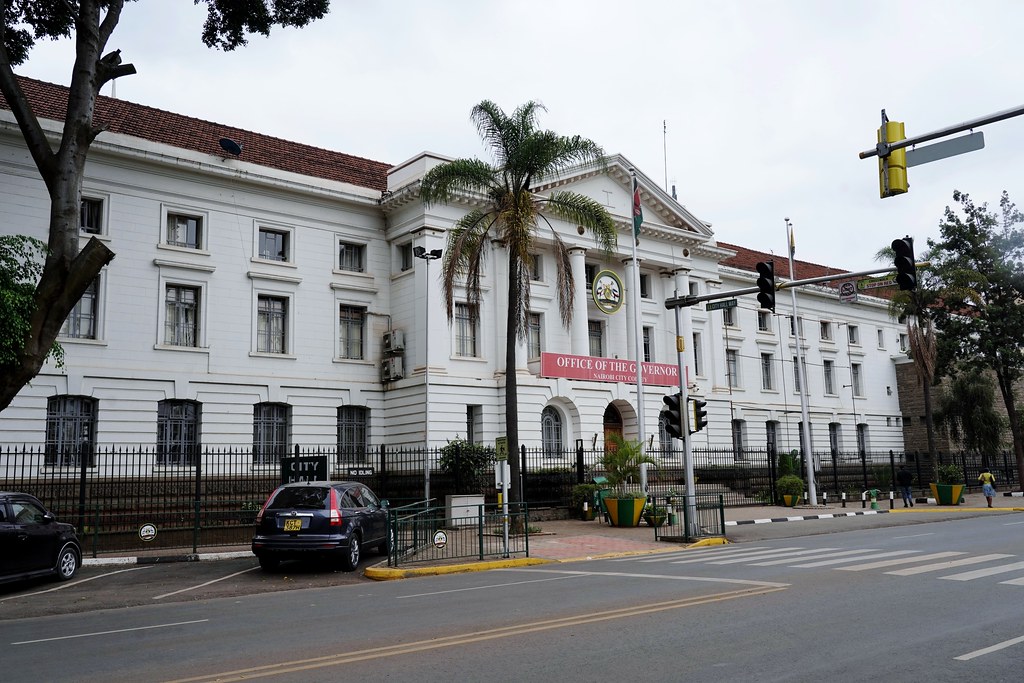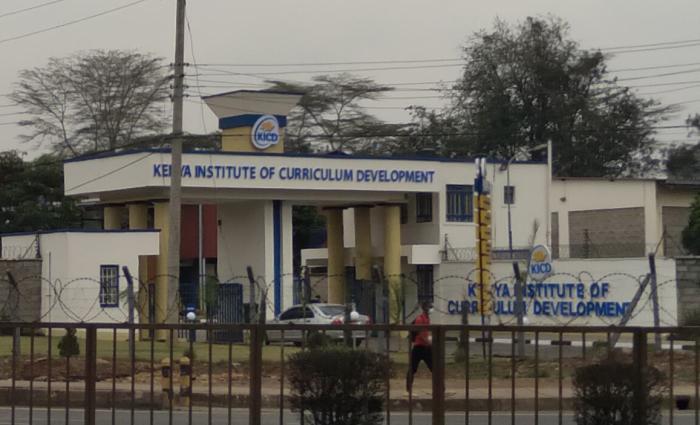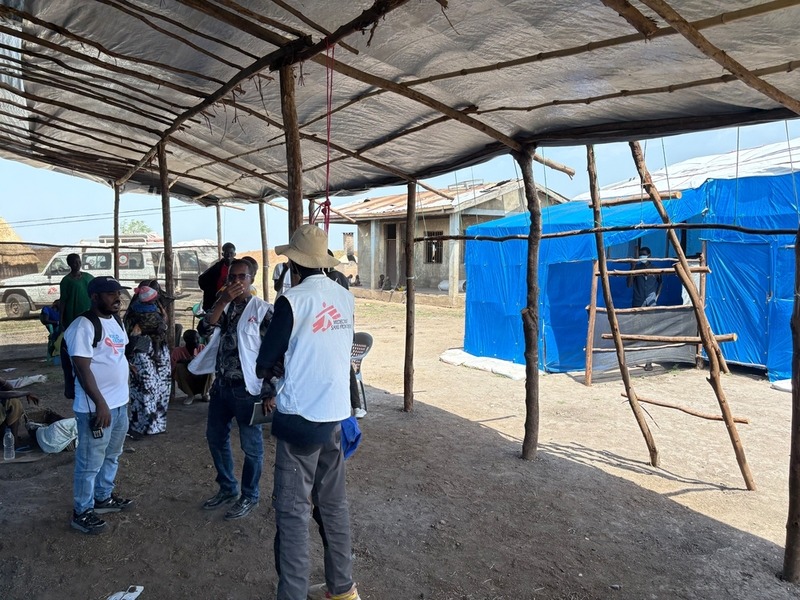CBK unveils green businesses' classification tools to unlock more climate funding
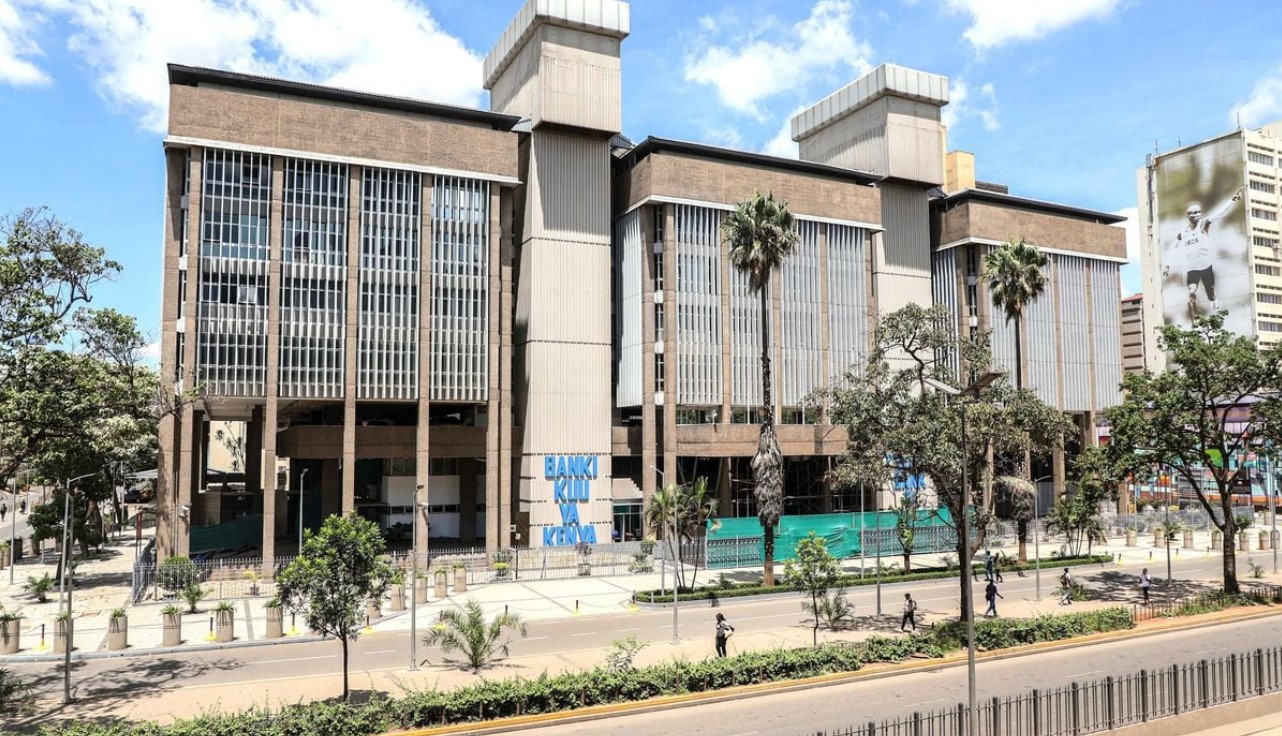
CBK says the models will play a key role in unlocking sustainable finance and stimulate the allocation of capital to support a climate-resilient economy.
The Central Bank of Kenya has unveiled classification tools to dictate whether particular economic activities are green or environmentally sustainable to better position them for funding by investors.
Dubbed the Kenya Green Finance Taxonomy (KGFT) and the Climate Risk Disclosure Framework, the apex bank says the models will play a key role in unlocking sustainable finance and stimulate the allocation of capital to support a climate-resilient economy.
More To Read
- Climate change altering crops, increasing calories but reducing essential nutrients
- Rwanda Cabinet approves reforms on transport, currency, climate
- AU congratulates Ethiopia on winning bid to host COP32 in Addis Ababa
- Kenya, EU ink Sh4.8 billion deal on environment and climate protection
- Government moves to protect farmers with 10-day payout rule for climate insurance
- The ‘food heroes’ cultivating global change
The taxonomy defines a minimum set of activities that are eligible to be defined as "green" in line with international best practices and national priorities; hence, it will guide target institutions on the evaluation and classification of their economic activities.
This is based on the extent to which the activities support or hinder climate objectives and promote the transition to a low-carbon economy.
CBK notes that the taxonomy also contains structural elements such as environmental objectives, sectors and economic activities with well-defined Technical Screening Criteria (TSC).
Further, it can be used by investors, issuers and other financial sector participants to track, monitor and demonstrate the credentials of their green activities transparently and efficiently, the lender adds in part.
As a result, it says it will help the financial sector with clarity and certainty in selecting green investments.
“It will also help reduce financial sector risks through enhanced management of environmental performance,” CBK said.
The KGFT draws largely from Kenya’s Nationally Determined Contributions (NDCs) under the United Nations Framework Convention for Climate Change (UNFCCC) and other National Climate Policy Documents.
Initially focusing on climate change mitigation and adaptation as its objectives, the system will be subject to periodic updates.
Other environmental objectives, such as biodiversity and related objectives, will be considered in future updates.
On the other hand, the Climate Risk Disclosure Framework intends to assist commercial banks in collating and disclosing climate-related information in a relevant, useful, consistent and comparable manner.
For investors, the framework provides the information needed to assess the financial implications of climate change on potential investments and identify companies well-positioned for the transition to a low-carbon economy.
The Framework is aligned with global best practices and standards such as the International Financial Reporting Standards (IFRS) S2 on climate-related disclosures and Basel Committee on Banking Supervision (BCBS) principles on climate-related financial risks.
Acknowledging that climate change is currently the single greatest challenge facing humanity and the single biggest threat to all life, the apex bank says Kenya and other African countries have borne the brunt of the impact of climate change.
The climate-sensitive nature of many of Kenya’s most important sectors, including agriculture, water, energy, and tourism, means the economic costs of climate change are significant.
The CBK warns the country could lose up to 7.25 percent of economic output by 2050 if it does not take strong action to adapt to climate change and mitigate its effects.
A recent policy paper presented during the inaugural African climate change global business summit in Nairobi notedthat African countries have huge gaps in green funding on the back of a poor green investment environment.
Top Stories Today
